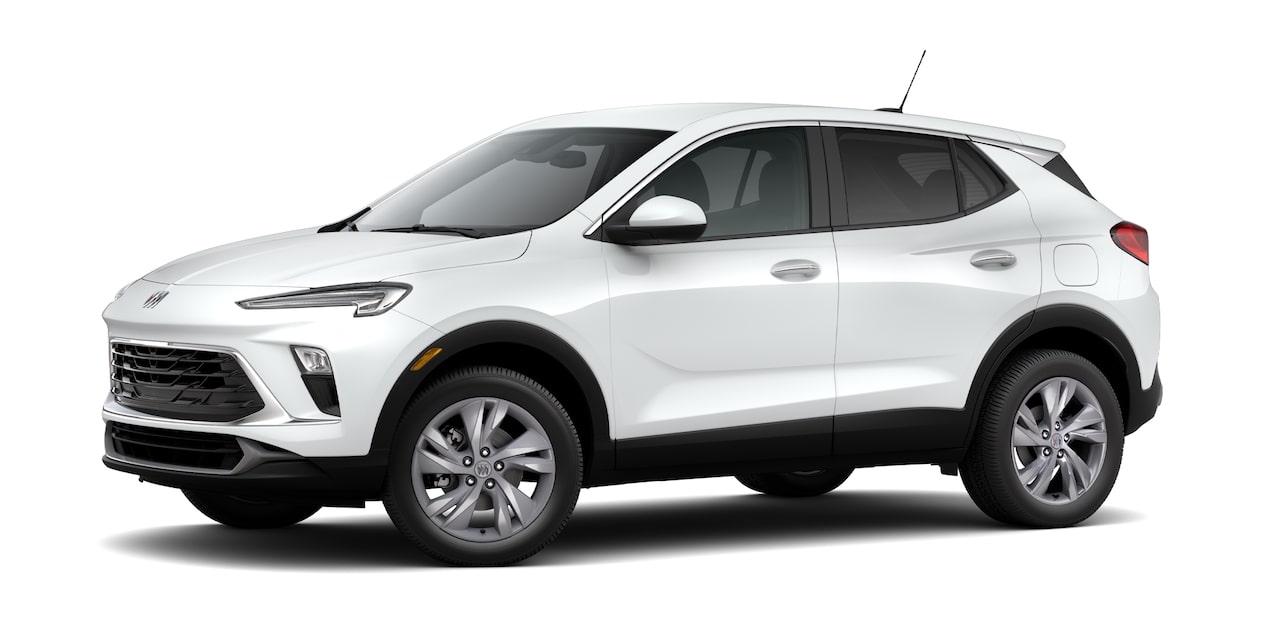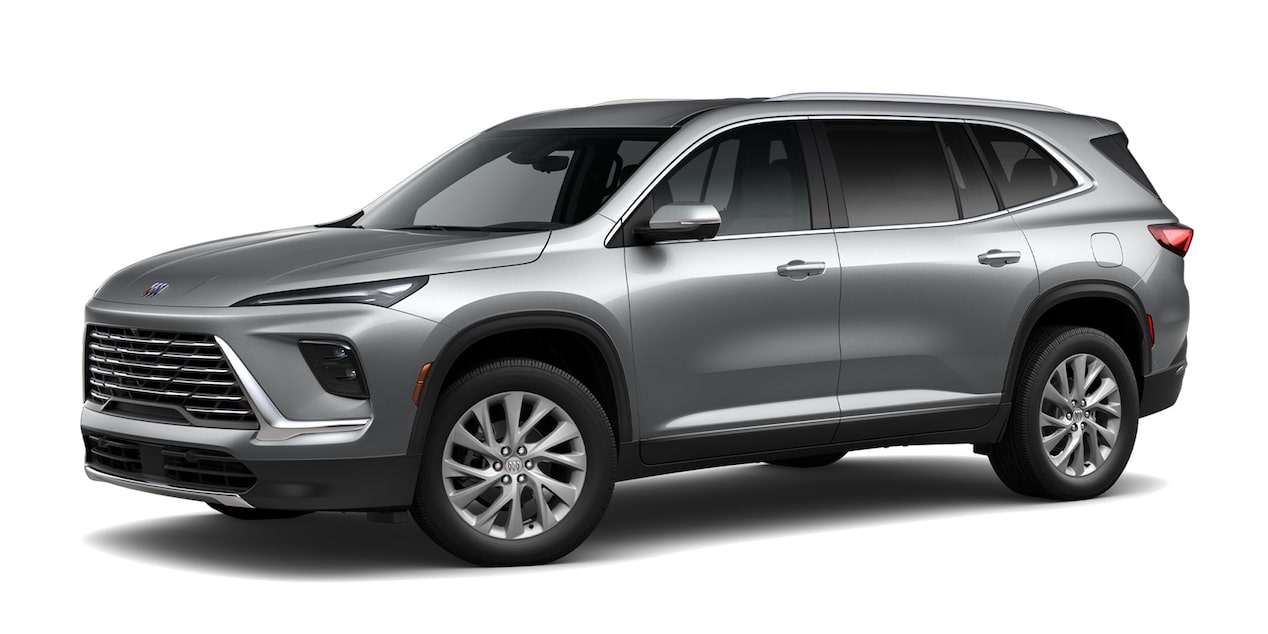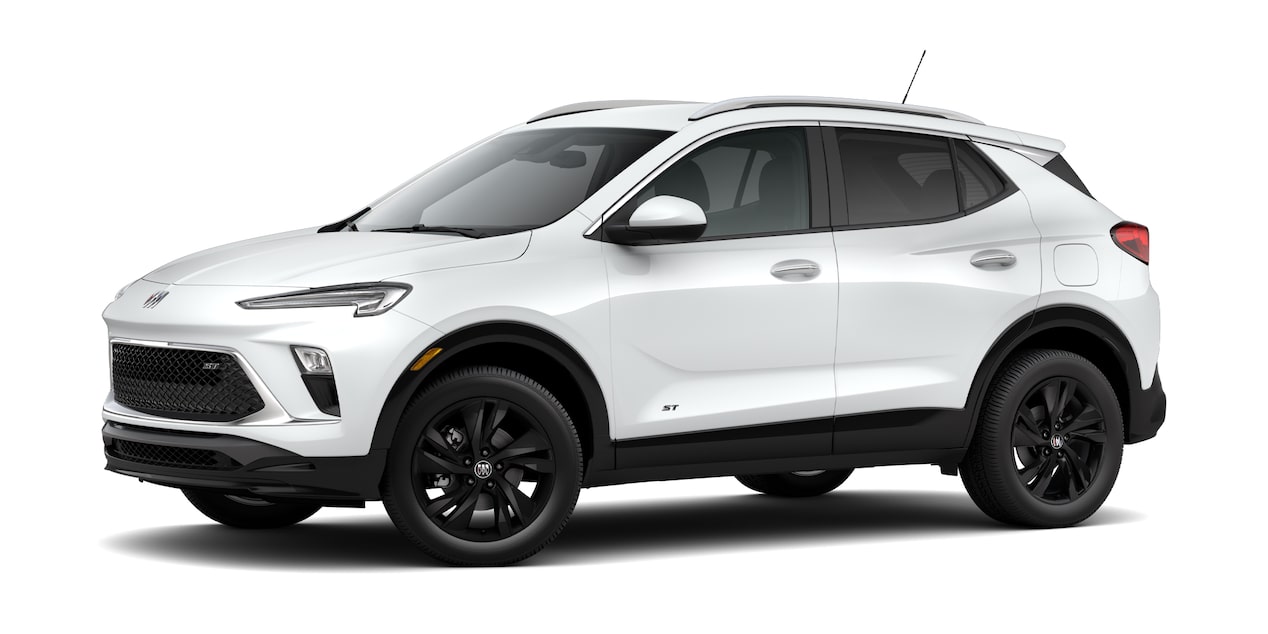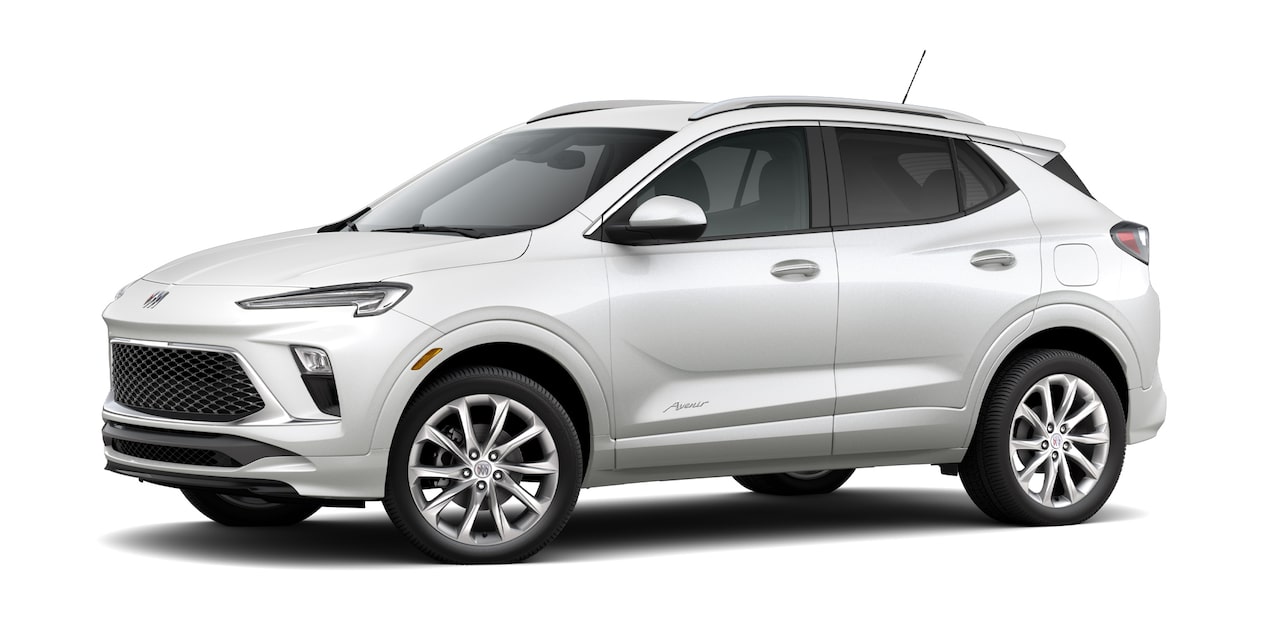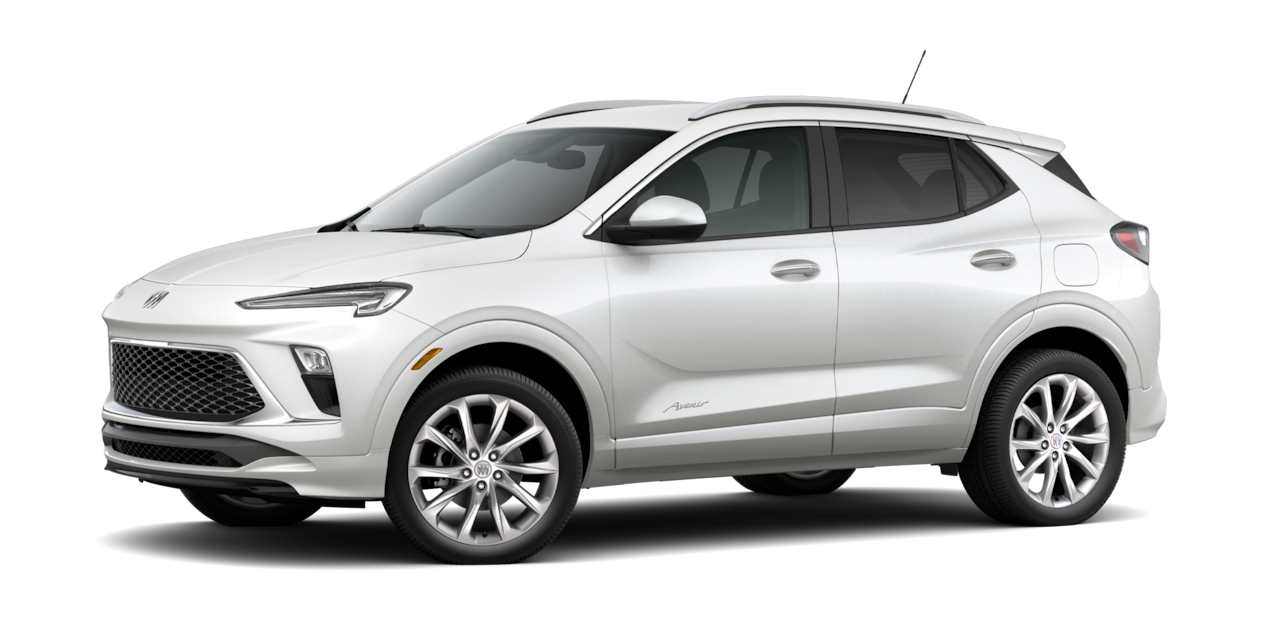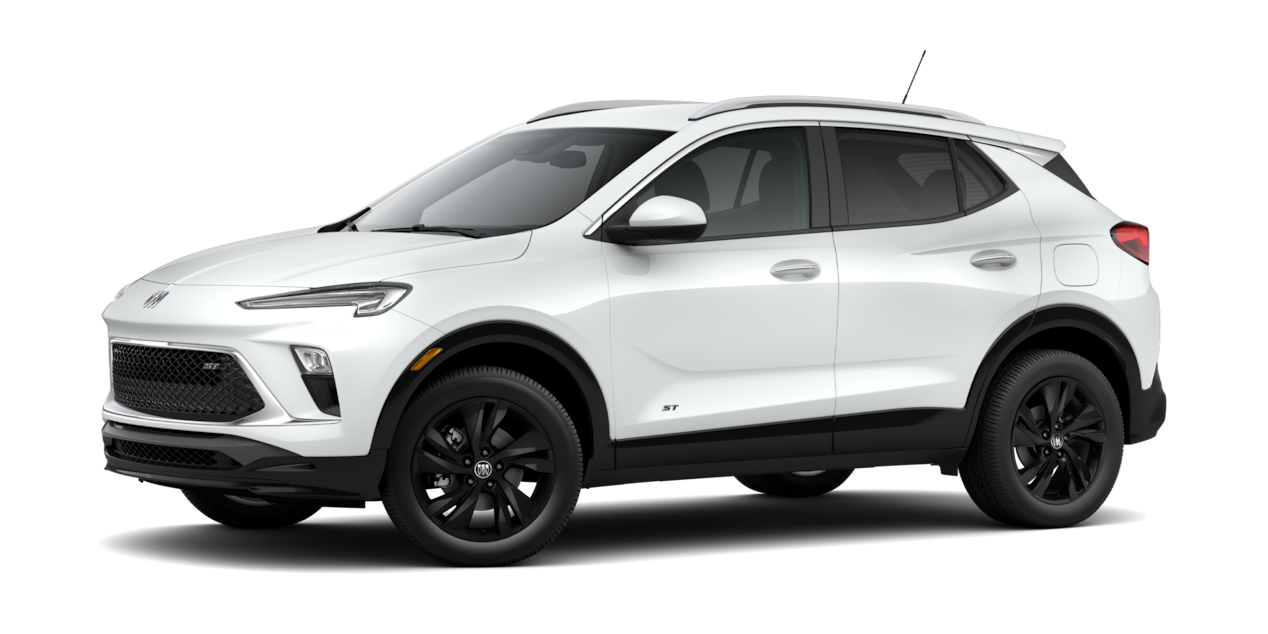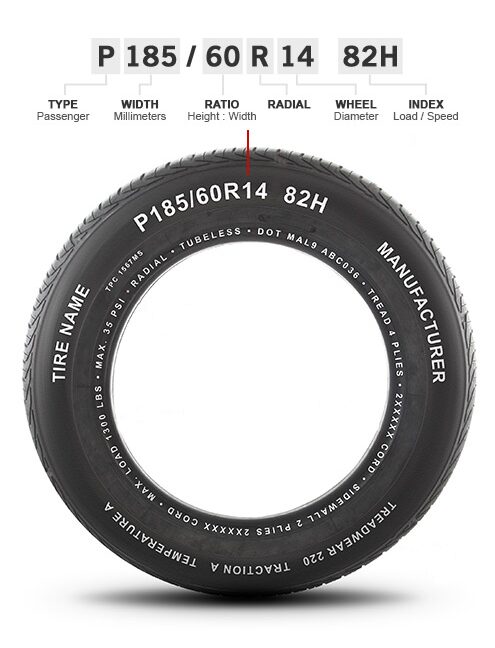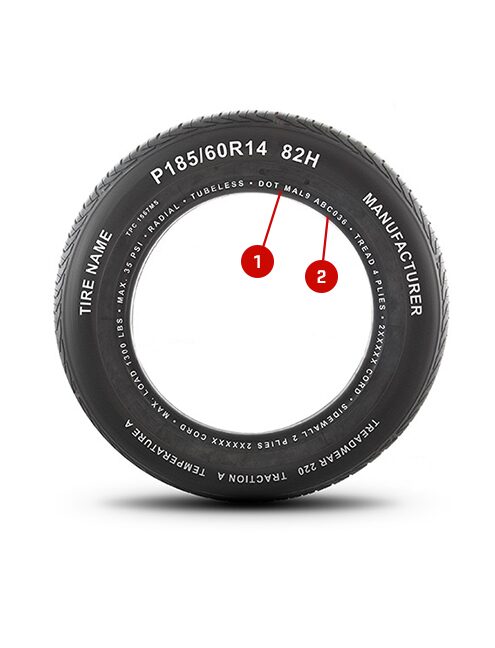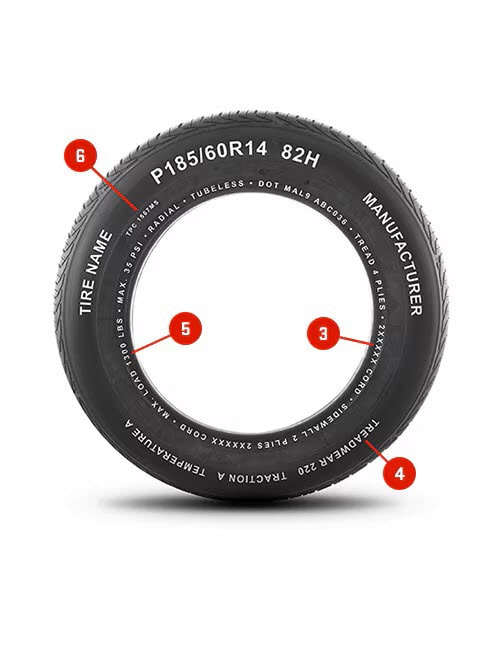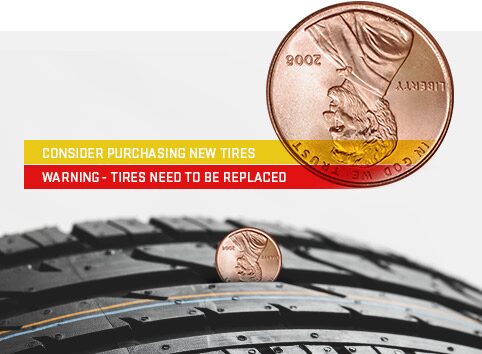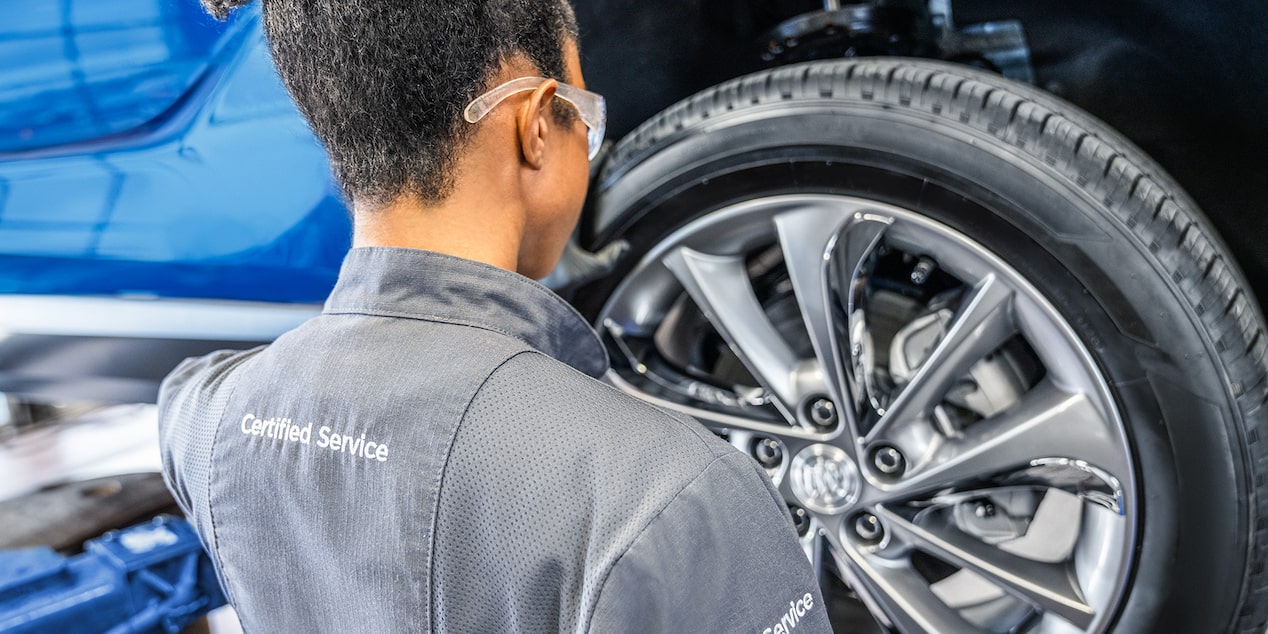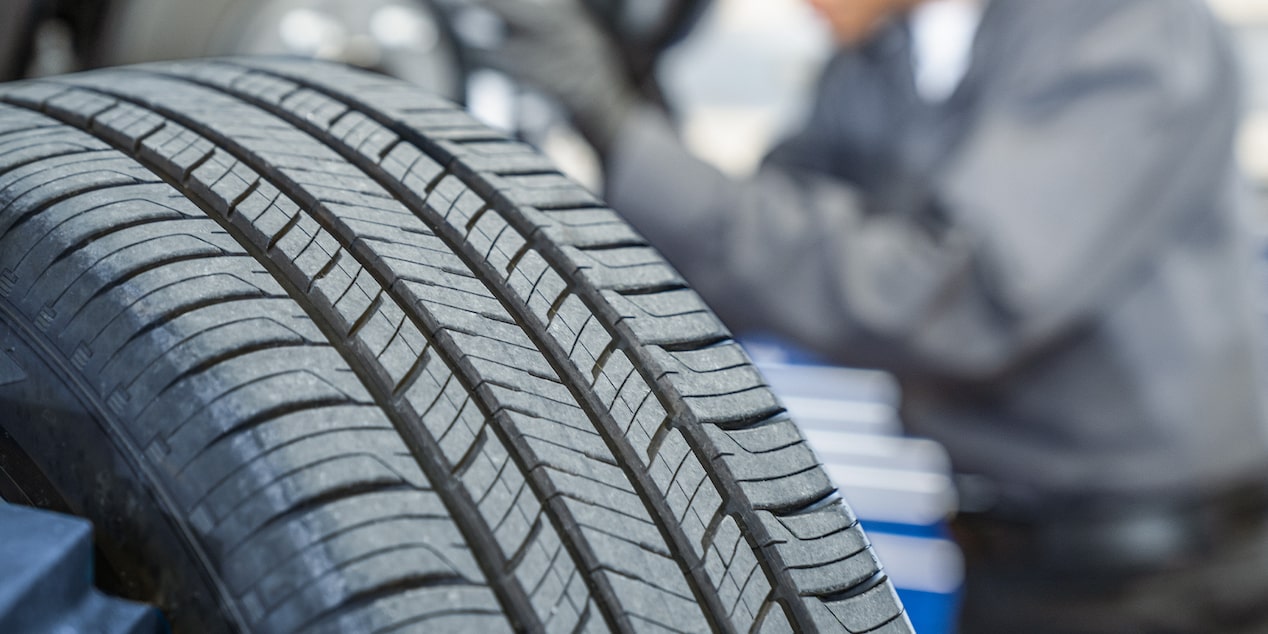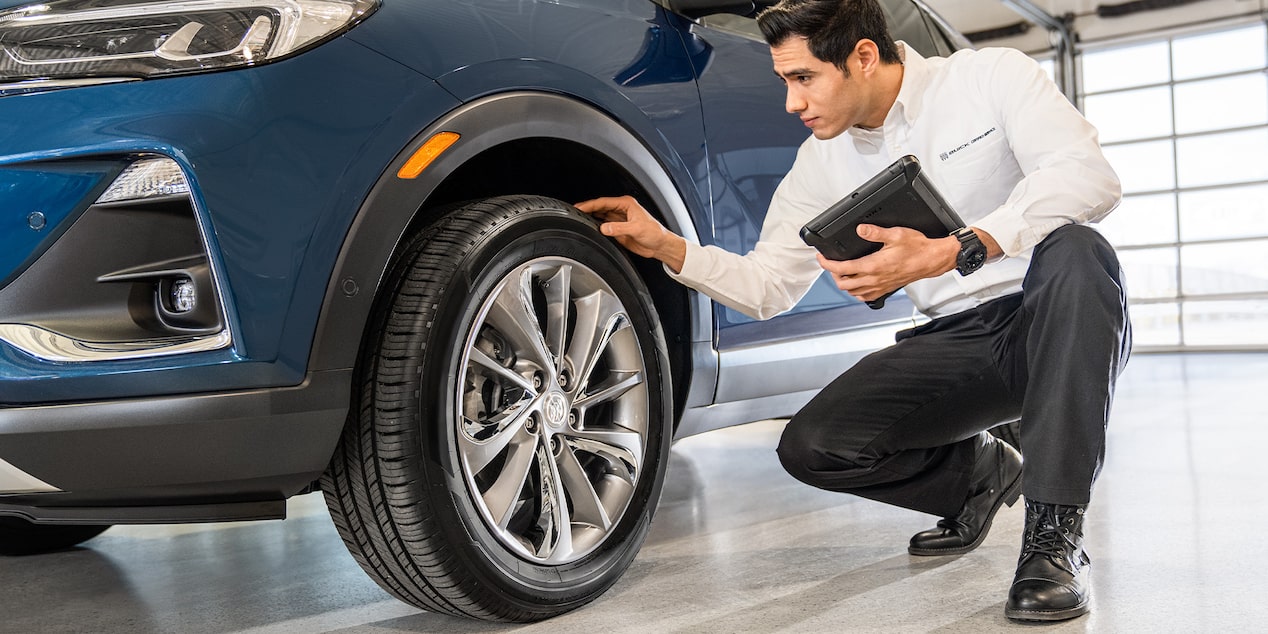Tire Finder
The right team for the right tires
Expert recommendations
Our Certified Service experts select and service your Buick’s tires carefully to help ensure the perfect fit.
Consistent performance
Choosing the right tires for your specific Buick vehicle helps to maintain its performance and preserve long-term value.
Comprehensive assessment
Our Certified Service team assesses your Buick holistically with a thorough Multi-Point Vehicle Inspection
See the team today
Schedule an appointment for your Buick vehicle with the Tire Finder tool.
Current tire manufacturer rebate offers
These offers are available from the tire manufacturer when tires are purchased at a Buick, Chevrolet, GMC, or Cadillac dealer. GM is not responsible for the processing or payment of these offers.
These tire manufacturer offers can be combined with the Fall Service Event.
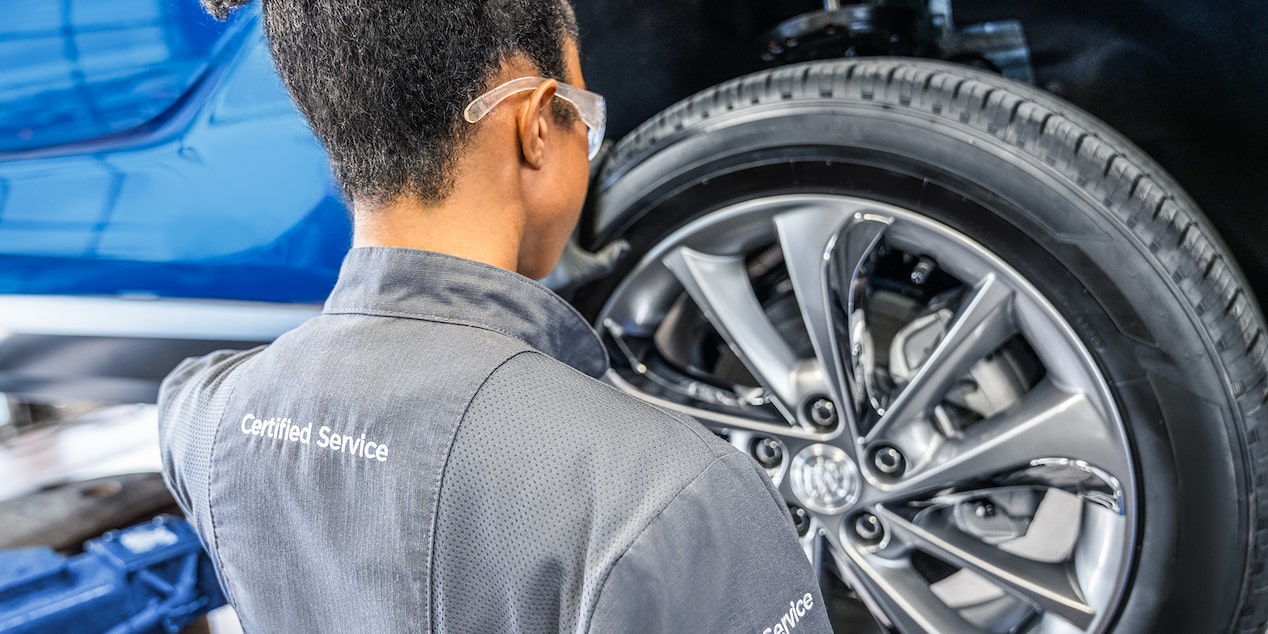
We match prices on tires
We match prices on eligible tires with the Tire Price Match Guarantee.
Take advantage of this offer by taking these easy steps:
- Research the pricing of your specific tires.
- Provide us with a better eligible price at the time of purchase and we’ll match it.
- OR find a better price within 30 days of purchase and we’ll refund the difference
*
Eligible tire brands: BFGoodrich®, Bridgestone, Continental, Dunlop®, Firestone, General™, Goodyear®, Hankook, Kelly, Michelin, Pirelli and Uniroyal®



